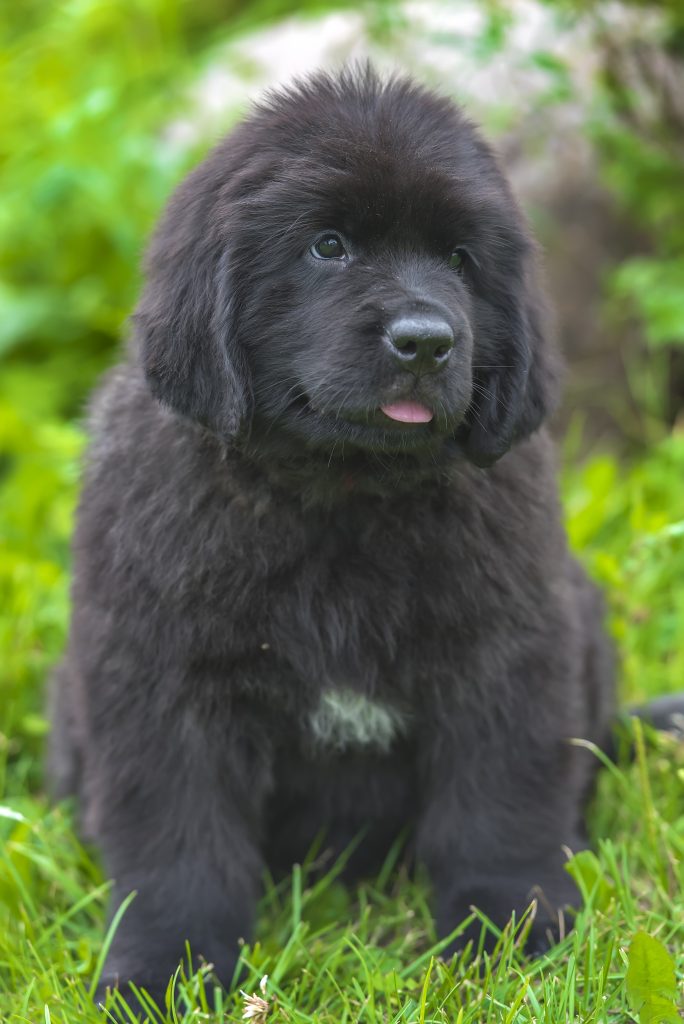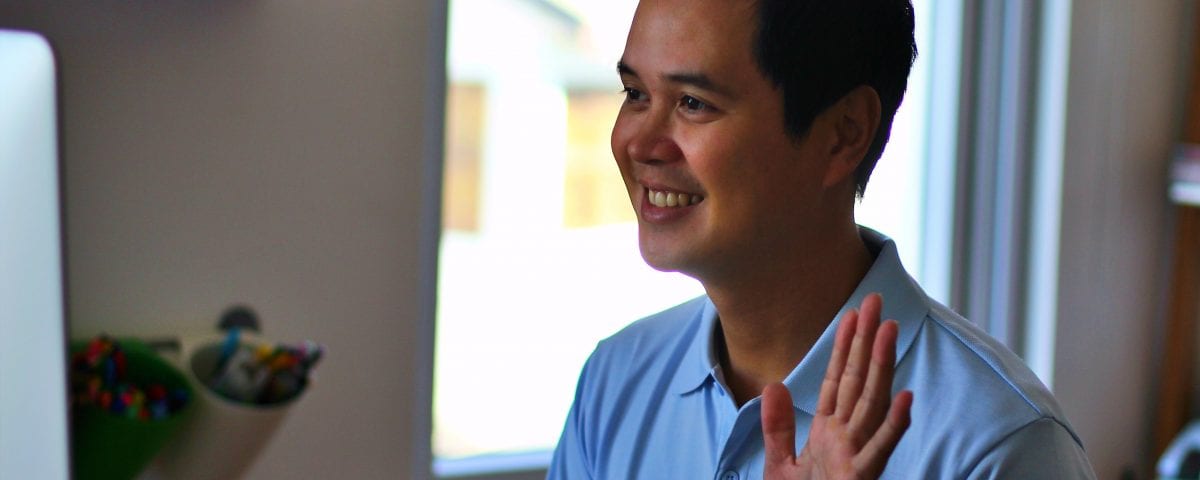Table of Content
This positive reinforcement will enable you to train your pup. Your four-legged friend needs to calmly explore their new home and setting. Keep a lead on for the first expedition around your home, show them their bed and the rooms they’ll spend most time in.
My personal choice is crate training, as I have an older dog and a cat that I felt needed their space from an energetic youngster around the house. Bringing a new dog into your pack requires planning. Luckily, this is something that most people do—except maybe in the case of bringing in a stray off the street. Before you adopt the dog, you probably have at least a food and treats, bowls for food and water, a dog bed, a leash and collar, and maybe some toys. Bringing home a new dog or puppy for the first time is exciting!
Let's embark on your journey to pup happiness.
Within the last hour prior to bedtime, try to keep your puppy’s excitement levels to a minimum. There should be no running about or energetic games last thing at night because we want them to settle. Make sure you take them out to the toilet last thing.

Another successful bonding experience is taking short walks together. They will become a habit anyway, so start as early as you can. In the beginning phase, dogs are troublesome to walk with because they pull on the leash.
Settling in your new Puppy
Showing him this space right away will help avoid some confusion. You’ll need to decide where to put the food and water bowls. Find a place that will remain the same so the puppy doesn’t get confused. If you have another dog, make sure the food bowls are not right next to each other. This is to prevent resource guarding from starting.

Be mindful to keep initial interactions reasonably brief so that the older dog gets a break from the puppy. The new puppy hasn’t yet developed their social skills and this can be quite trying for older dogs. A preferable approach is to consider crating your dog inside overnight where it can see and hear the family. Make sure your puppy has a chance to toilet after playtime. Gradually, you can make the period of confinement longer by small increments and your puppy will learn that being on its own in its ‘den’ is ok. Give your puppy a chew toy, a stuffed toy or a food puzzle toy to keep him or her occupied during this time.
What is normal new puppy behaviour?
When you go indoors try to keep things calm and warn any children they shouldn't expect to play with the puppy the moment he arrives. Getting a new puppy is a wonderful experience – and promises many new adventures – but the first few nights of having your puppy at home can be challenging. A dog who’s anxious and insecure in a new environment can take months to show trust and affection. Once you have puppy-proofed the inside of your home, it’s time to consider the outside. Take a walk around your property looking for potential hazards.

You’ve gone a long way already toward teaching her that this is your territory and you make the rules. Now, she’s going to observe so she can figure out what the rules are, and who’s who in her new pack. During the tour, don’t speak and use only body language or simple sounds, like “Tsch!
For areas your puppy won’t be allowed, think about how you will block their access. A puppy or child gate is very useful as it allows you to still move about your house, while preventing your puppy from entering any areas they shouldn’t. Adding a new family member is a big decision and importantly how the new pet is integrated into the household is critical to a smooth transition. While there will always be bumps in the road, preparation and planning will make all the difference.
Make sure the puppy has been toileted before trying to settle for the night. By praising and rewarding your dog with treats every time it wees outside, it will eventually stop making a mess inside. New noises, smells and surroundings can take its toll on your dog who may get little sleep for the first few nights. This goes for other pets and other family members . It’s a good idea to introduce the calmest members of the family first.
Then allow your puppy time to nap and explore alone but always pay close attention. Treats can help in getting their attention when you need it and can be used if they are behaving well. Puppies love to know what comes next in their day to day life, and routines can definitely do that.
As your puppy learns their way around the areas that were defined before you brought them home, they will begin to have more confidence. Always take your time and reassure the puppy that everything is still ok. You may or may not be surprised, but night one in a new house is hard for a new puppy. This is especially true if they’ve never been separated from their mom at night.
Supervise all interactions between the puppy and the cat for at least the first month or so, to avoid any harm. Ensure your cat has an escape route and access to a safe spot to take refuge. This might mean a resting spot high up where they can be out of the puppy’s reach. This will help keep the cat calm as they know they can exit whenever they desire.
The sooner it feels more comfortable with you and its new home the happier you will all be, and then you can train it to sleep outside later on. Even more with Zigzag by your side, just you wait and see. You want those first few nights at home to be as stress-free and restful as possible for everyone, and your new puppy will feel safest when they are near to you. It will also be easier to hear when they need to go to the toilet, which will aid in overnight toilet training. Let’s be honest…you’ll probably have to get realistic with your expectations.

No comments:
Post a Comment